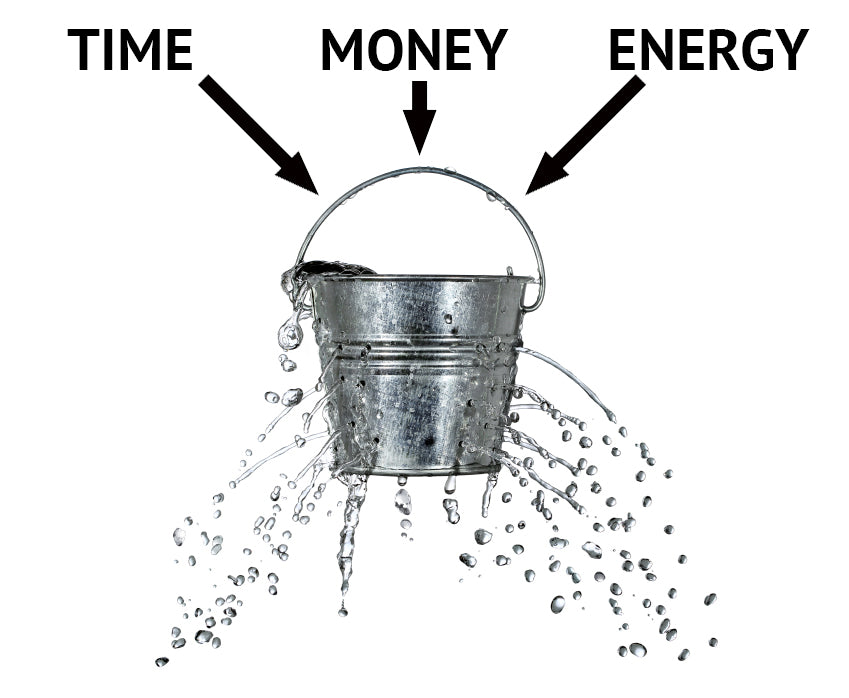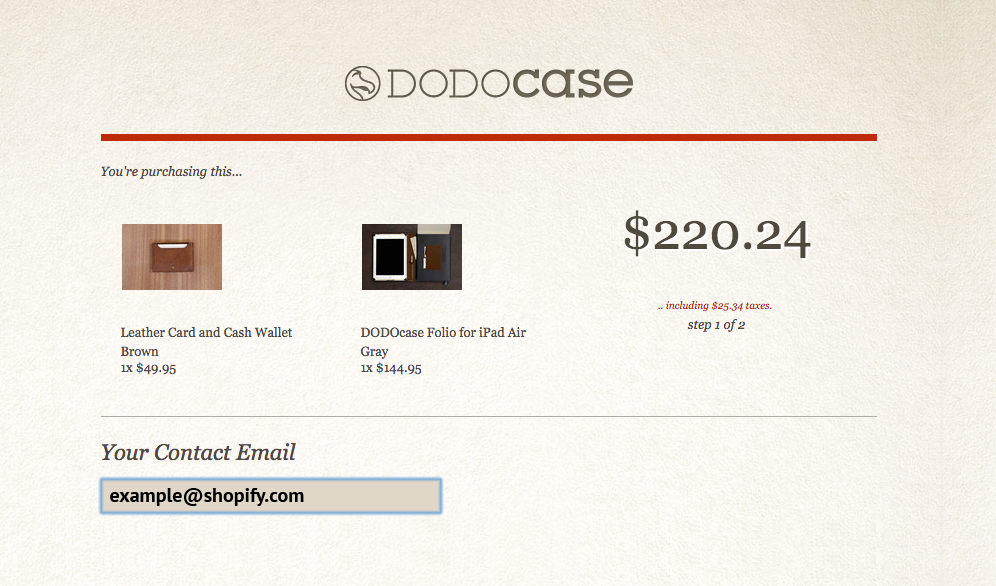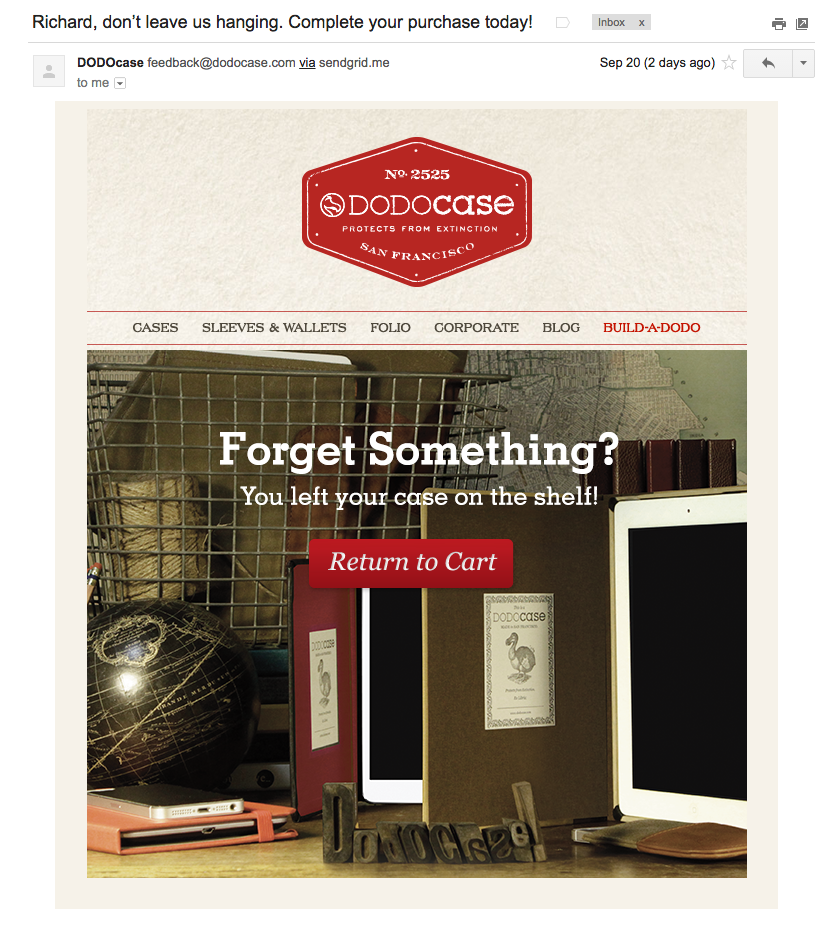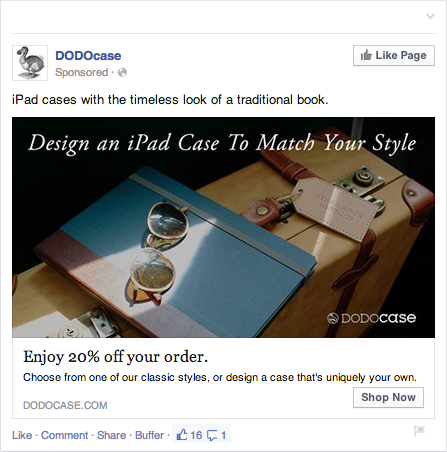By Scott Kreisberg
CEO, One Step Retail Solutions
Previously, I’ve talked about Retail Metrics and the importance of Key Performance Indicators (KPI’s) in running your business. What does that really mean anyway? Some of you new to the retail business might not have a clue as to what constitutes a “Key Performance Indicator”. Some of us old timers who’ve been around the block a few times, might not know what they are either or may just need to brush up on retailer lingo. Either way, I want to really delve into what things you can look at to help navigate your aircraft, so to speak, like an airplane pilot would.
CEO, One Step Retail Solutions
Previously, I’ve talked about Retail Metrics and the importance of Key Performance Indicators (KPI’s) in running your business. What does that really mean anyway? Some of you new to the retail business might not have a clue as to what constitutes a “Key Performance Indicator”. Some of us old timers who’ve been around the block a few times, might not know what they are either or may just need to brush up on retailer lingo. Either way, I want to really delve into what things you can look at to help navigate your aircraft, so to speak, like an airplane pilot would.
Flying a plane is a good parallel to managing a store. How does a pilot know what to do when? What tells him when it’s time to raise the plane to a higher altitude? What gauges tell him to lower her down a bit? How do they know when it’s okay to add on more cargo? What tells the pilot to toss some cargo overboard? When do they know to just keep flying along and not change a thing?
A retailer makes decisions all the time to best navigate the constant change of consumer buying habits. Doing this actually consists of five critical decisions on any given item in stock in order to keep costs down and profits high. These are:
- Mark the item up?
- Mark it down?
- Buy more of it?
- Buy less?
- Don’t change anything about it?
Let’s take a look at what I consider to be the five most important retail KPI’s that you can get from your point of sale (POS) software program. We’re talking about Days of Supply, Turn, Stock to Sales Ratio, Sell Through Percentage and Gross Margin Return on Investment. The last one is the most important indicator. We all want to know how much money a particular item will bring back in revenue. But, the Gross Margin Return on Investment is also the most tricky one to manage and know how to use in managing inventory.
Days of Supply
 In this article we are going to start with Days of Supply… What does that really mean anyway? We hear this term thrown around all the time, but not all of us really know what this actually is or what it means. Simply put, Days of Supply means how long it will take you to sell out of your present stock, assuming that sales continue at the same rate as recent sales have been. This is weighed against a time frame, like 30, 60 or 90 days. Days of Supply is a great statistic to use for predicting the future. It’s kind of like having a real crystal ball right on your desk. The information contained in this report/statistic lays it all out in a clean and concise way of telling you how much longer it will take to sell a particular piece of merchandise based on what’s been happening sales-wise in your store. It’s like a sign post that points you in the exact direction you need to go in.
In this article we are going to start with Days of Supply… What does that really mean anyway? We hear this term thrown around all the time, but not all of us really know what this actually is or what it means. Simply put, Days of Supply means how long it will take you to sell out of your present stock, assuming that sales continue at the same rate as recent sales have been. This is weighed against a time frame, like 30, 60 or 90 days. Days of Supply is a great statistic to use for predicting the future. It’s kind of like having a real crystal ball right on your desk. The information contained in this report/statistic lays it all out in a clean and concise way of telling you how much longer it will take to sell a particular piece of merchandise based on what’s been happening sales-wise in your store. It’s like a sign post that points you in the exact direction you need to go in.For example, you have 1000 t-shirts and over the last 30 days you’ve sold 250 of them. Based on how many have been sold over the last 30 days, it will take another 90 days to sell the remaining 750 t-shirts. So, for these 1000 pieces of inventory, the Days of Supply equals 120 days.
In essence, Days of Supply analyzes the last period of sales and based upon that rate, gives you the amount of days left to sell off the remaining merchandise. But how far back do you go? Let’s take non-seasonal merchandise which sells at a relatively steady rate; for this you could use a longer basis period, such as 30 or 60 days. Then for seasonal merchandise, the rate of sale changes rapidly, and you would want to use a shorter period, a week or even a day in some cases. Interestingly enough, different parts of the country have different length seasons. For instance, New York has really short bathing suit season, about two months and that’s it.
Putting this information into practical use, you would then want to make sure Days of Supply on a certain item matches up with the lead time to restock it. You don’t ever want to run into the problem of having Days of Supply be less than the time it will take to get the items in. In that case, you would miss out on sales because the sell-out and restock time frames did not overlap. Instead, you ran out of an item before the shipment came in to restock it. This can have bad effects on overall sales in the store, too, if the item you are out of stock on is a hot seller at a critical time of year or you lose customer loyalty because you’re out of stock on something. Your goal here is to reduce your Days of Supply to match the lead times without losing sales, plain and simple.
And your point of sale system is where you should be able to get this information and statistical data to manage your inventory. Make sure your POS is giving you this information so you actually can better manage Days of Supply. If your POS isn’t giving you that information, you should think about investing in a system that will give you the information you need to better manage your inventory because in retail, profit is all about inventory and the expert management of it.
In my next article I’m going to cover inventory and lots of little tidbits about it, what you can do with it when it’s not selling and how to increase profits by better managing your inventory.


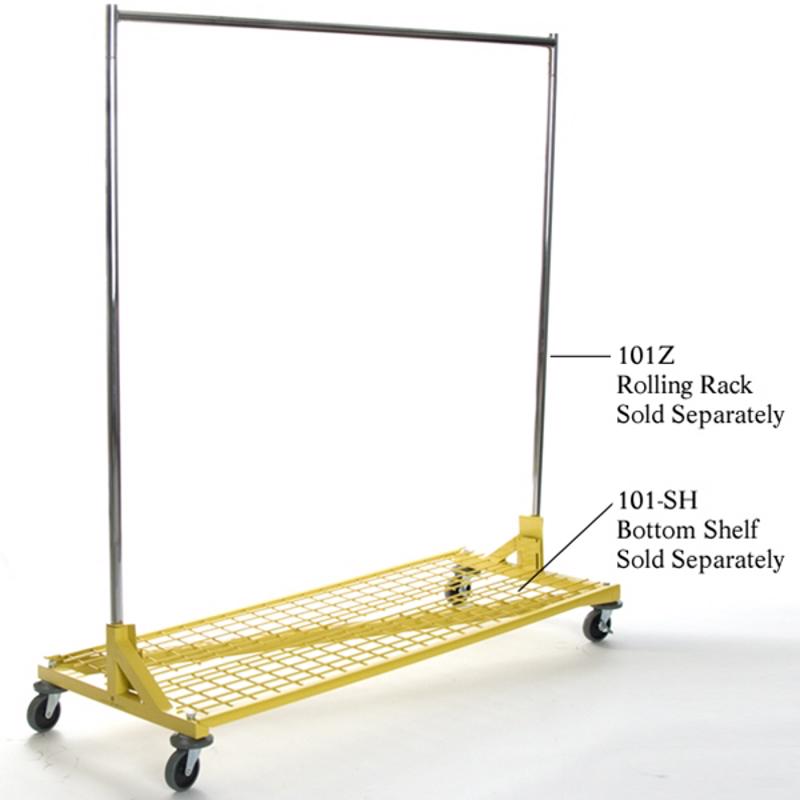 Optimize storage with rack shelves.
Optimize storage with rack shelves. 
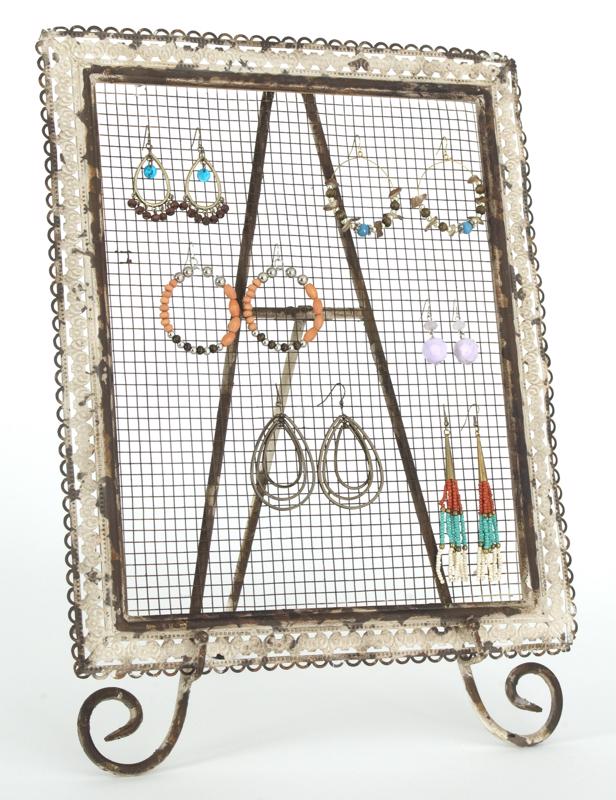 Bundle summer jewelry to boost sales.
Bundle summer jewelry to boost sales. 














